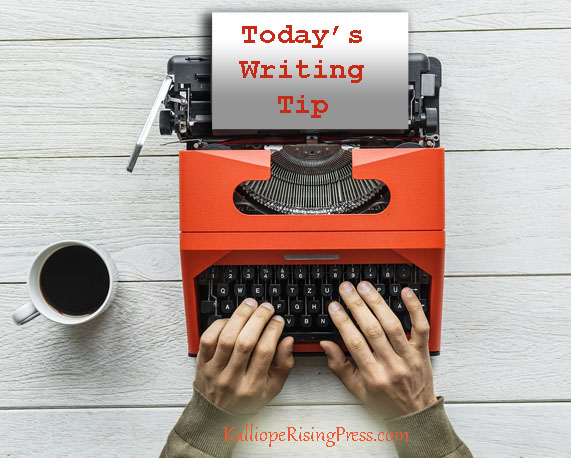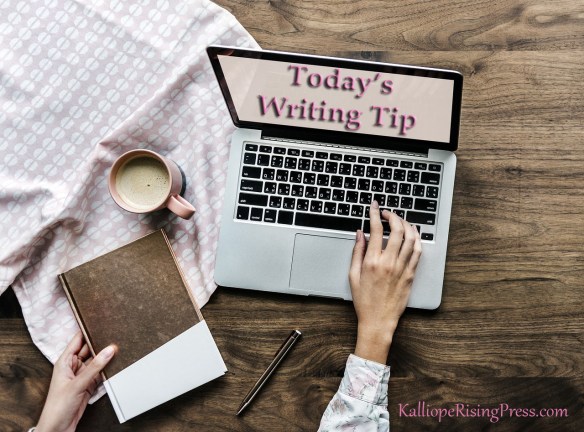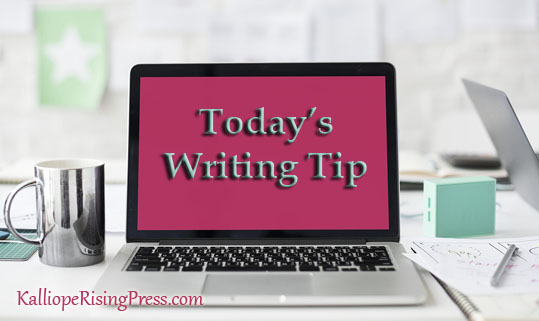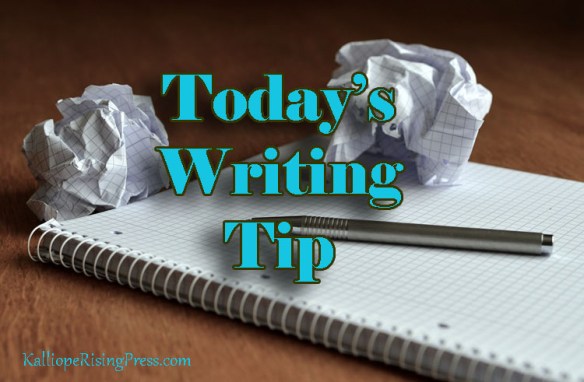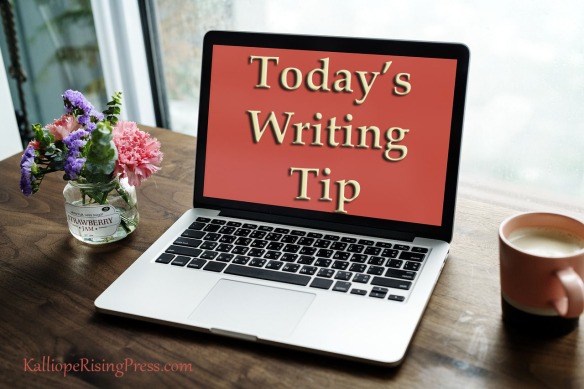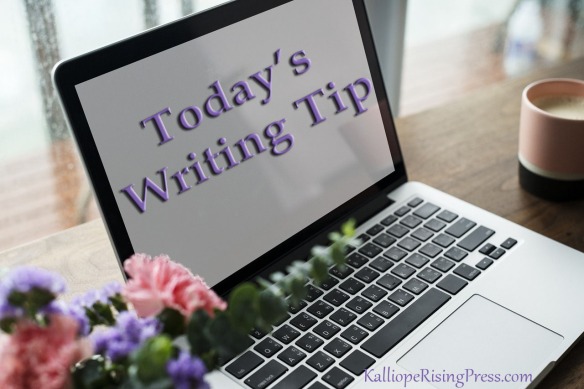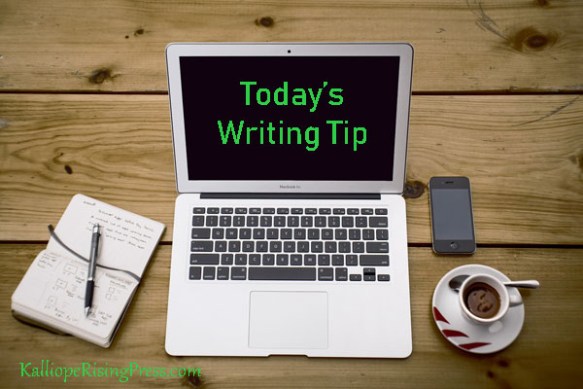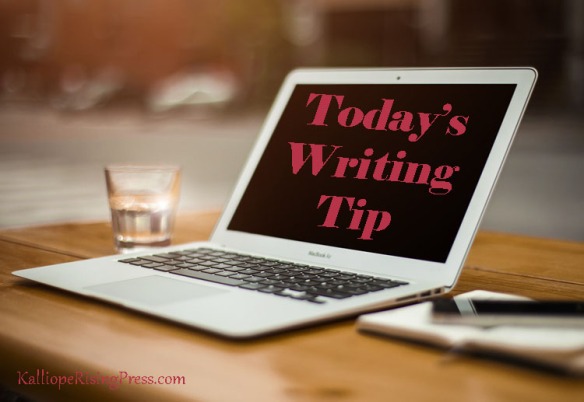
I’m amazed by how many authors don’t know how to punctuate dialog properly. I’ve seen periods instead of commas for statements, missing question marks, overuse of explanation points, lack of semi-colons, and multiple speakers in a single paragraph. Knowing these rules is an author’s responsibility. While not all readers will notice if you honk it up, experienced authors will. I remember learning this no later than high school, probably earlier. However, I’ve always been a writer at heart; that may be why that information stuck. Others, if they came to writing later in life, may have never paid attention and simply haven’t noticed it in reading.
Besides punctuation, which really ought to be obvious, the one mistake I see a lot is when one of the characters is on a long-winded speech or monologue. Visually, it’s good to break these into more than one, huge, eye-bogging paragraph. Great. So, if that’s the case. do it correctly.
The way you do that is to start it as you do all dialog with a quotation mark. However, if it goes on to a new paragraph, don’t use a close quote on the first paragraph. This tells the reader there is more to come from the same speaker. The new paragraph will start with a quotation mark, telling the reader it’s still someone speaking and not to be confused with prose.
It’s amazing how many authors don’t know this. Apparently, some editors don’t, either.
